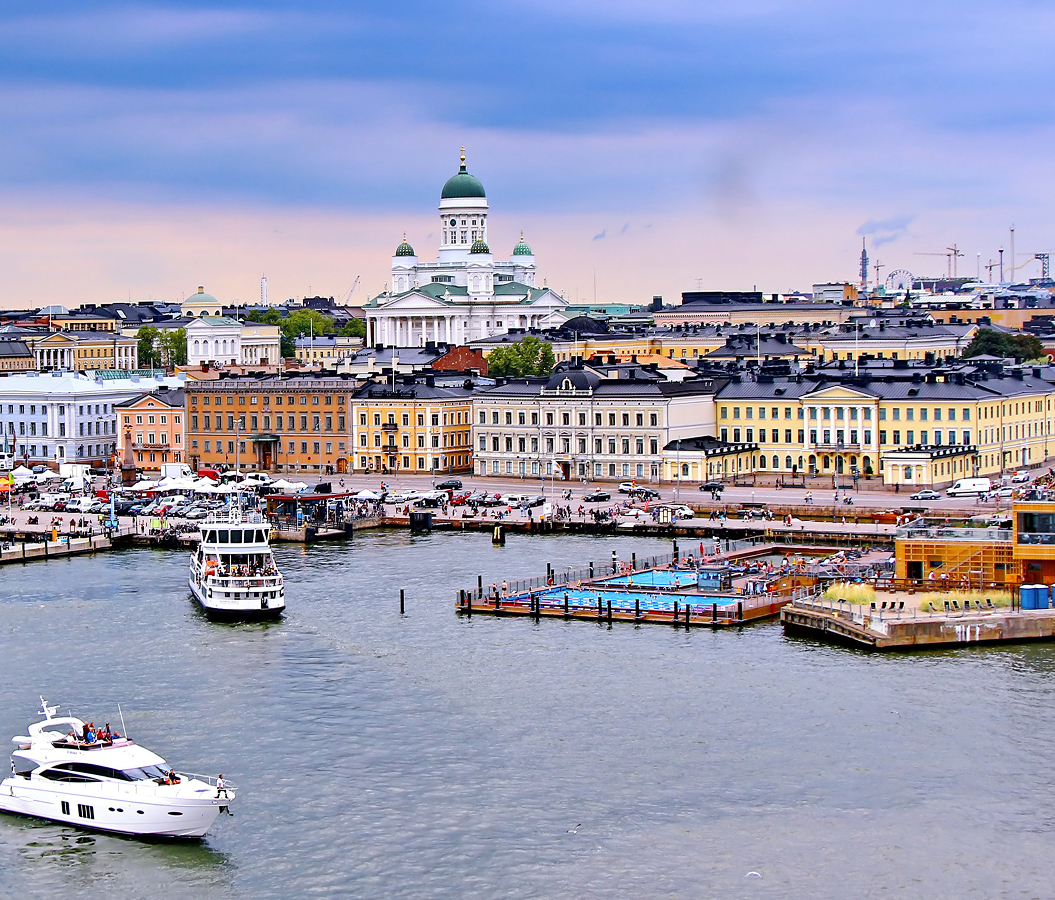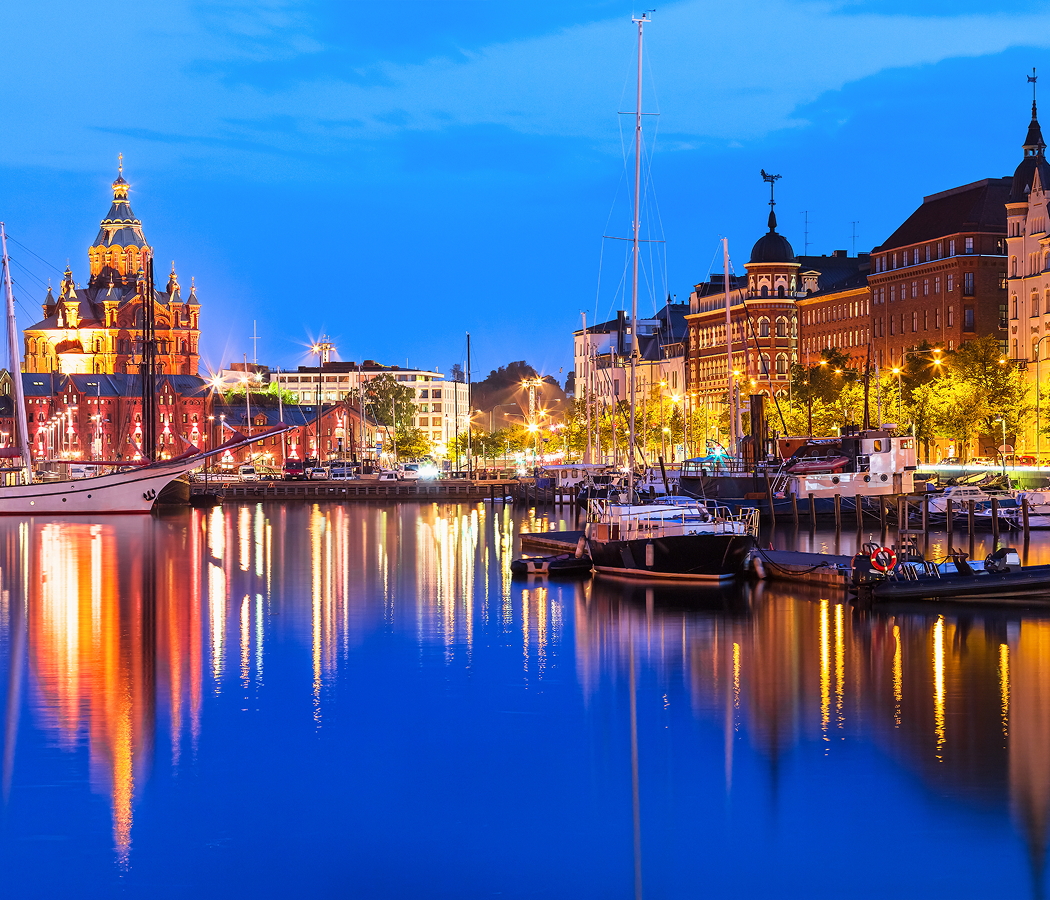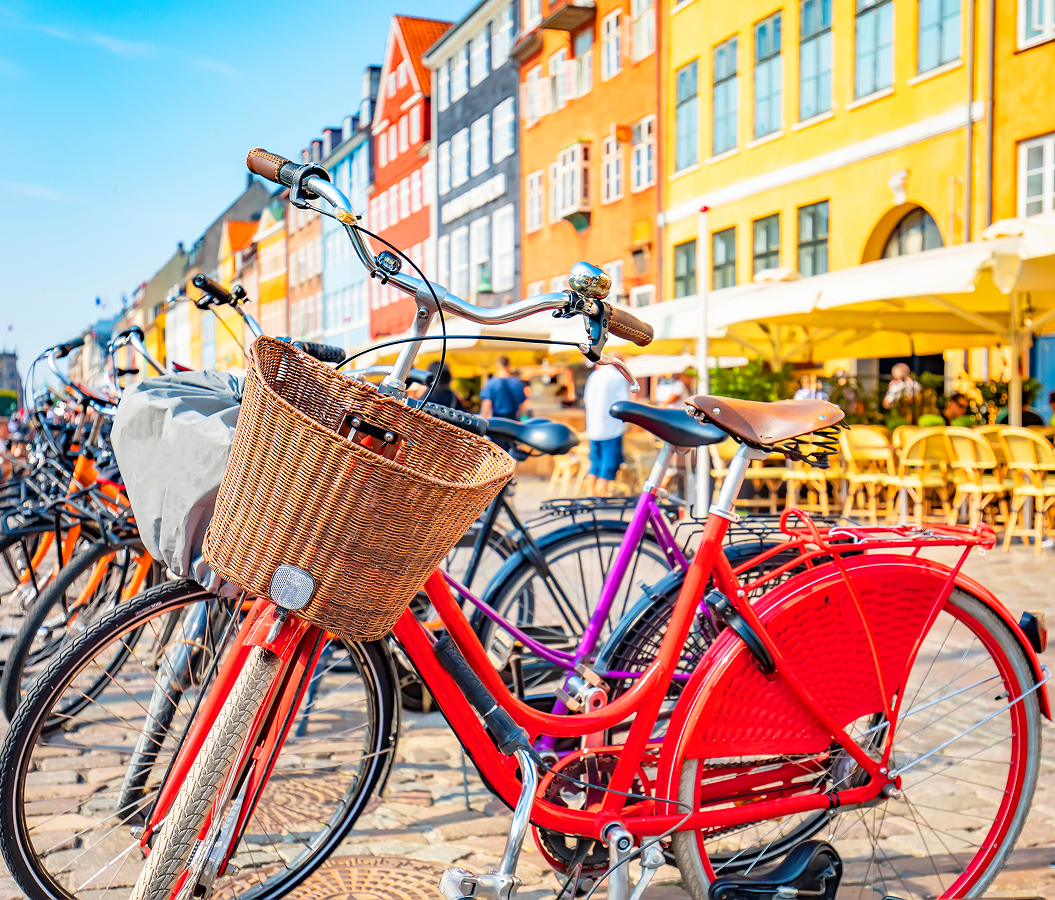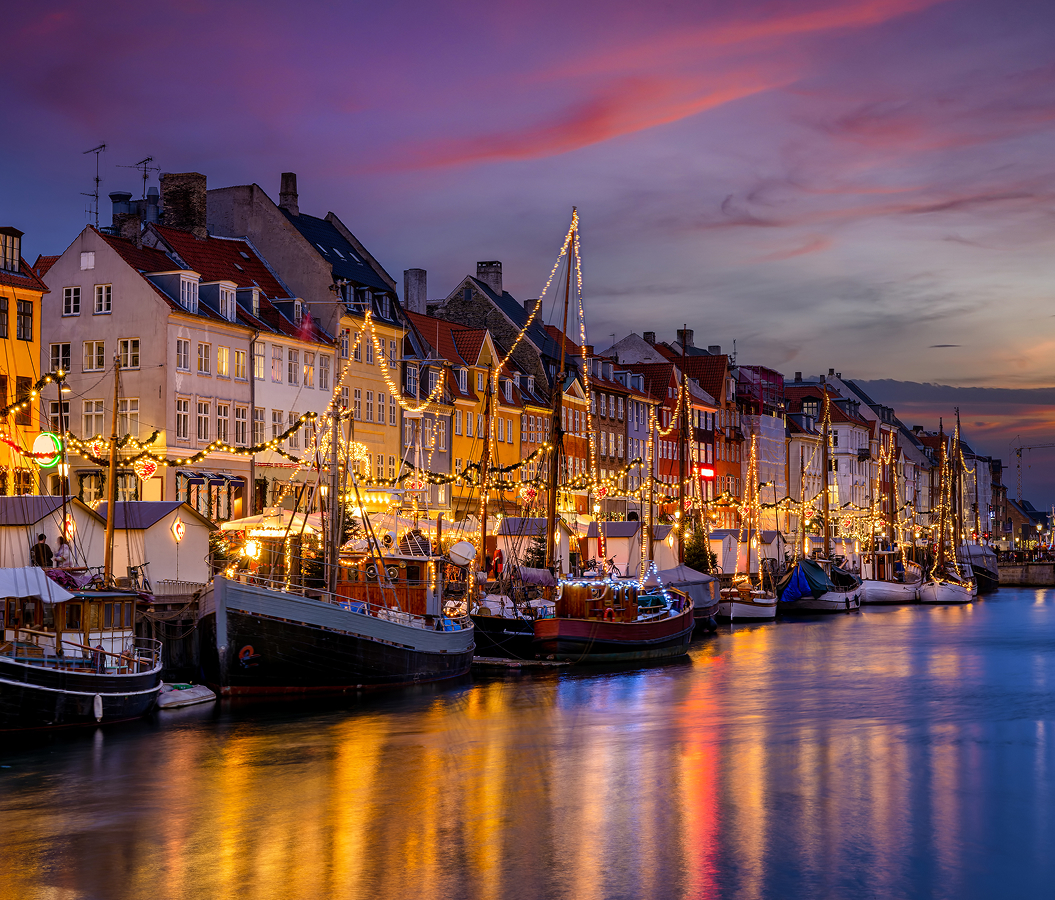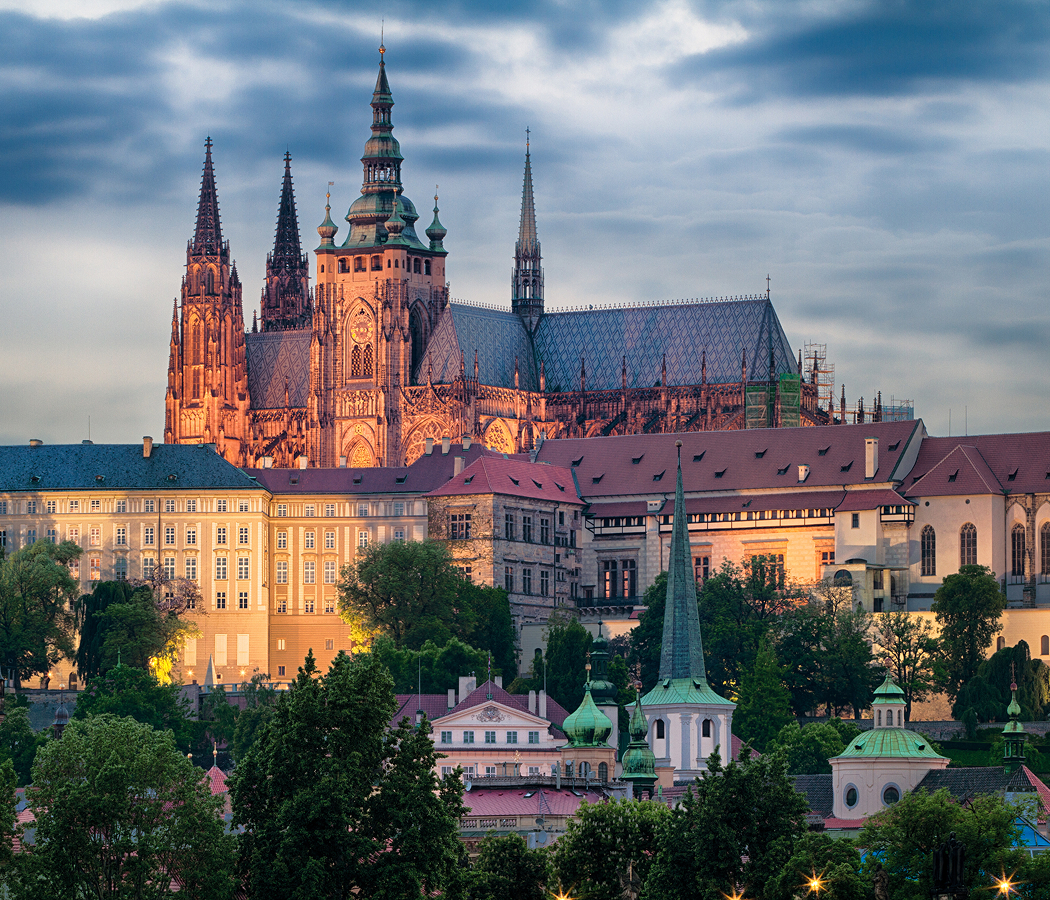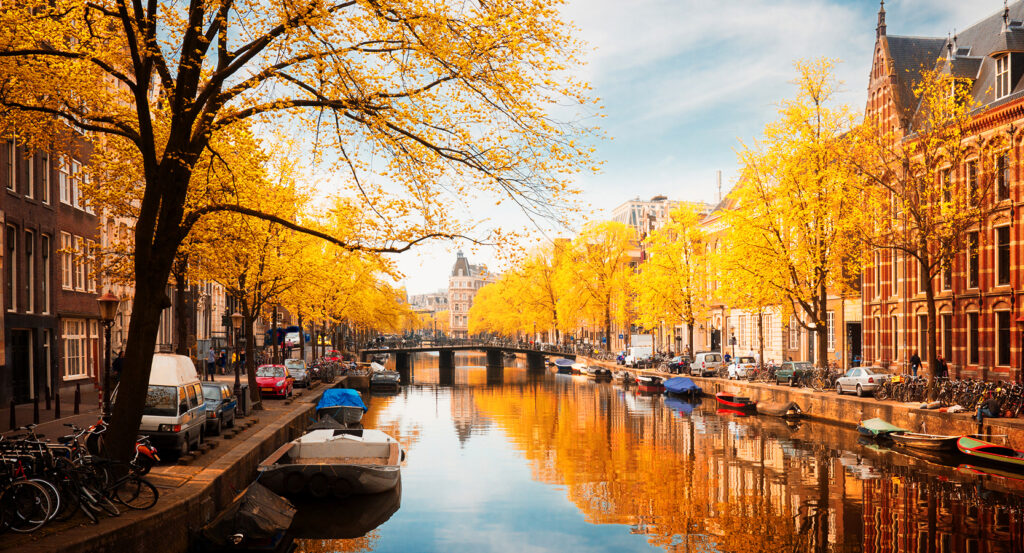
Why you should experience the Canals of Amsterdam (Canal Ring).
At the heart of Amsterdam, the Canals of Amsterdam (Canal Ring), or Grachtengordel, form the city’s most defining feature, a living masterpiece of water, architecture, and light that has flowed through Dutch life for over four centuries.
Drifting along these calm, tree-lined waterways feels like slipping back in time, into an era when the hum of trade and the scent of spice from faraway ports filled the air. The canals aren’t just charming; they’re the soul of Amsterdam, a symbol of balance between human ingenuity and natural grace. Each curve reveals rows of slender gabled houses leaning toward the water, their reflections shimmering like brushstrokes on a painting. By day, bicycles glide along cobbled bridges, and café terraces spill laughter onto the banks. By night, the city transforms, the canals glow gold under the streetlamps, their mirrored lights creating one of Europe’s most romantic cityscapes. There’s something hypnotic about it all, the quiet ripples, the rhythm of passing boats, the seamless blend of history and modern rhythm. Whether you’re exploring by foot, bike, or boat, the Canal Ring invites you into Amsterdam’s timeless heartbeat, a living museum where every bridge and façade tells a story of resilience, artistry, and freedom.
What you didn’t know about the Canals of Amsterdam.
Though Amsterdam’s Canal Ring now evokes leisure and beauty, it was originally an audacious feat of urban planning, born from necessity and ambition.
In the early 17th century, during the Dutch Golden Age, Amsterdam was expanding rapidly as one of Europe’s leading trade hubs. The city’s leaders envisioned a grand semicircular network of canals that would not only facilitate commerce but also control flooding and improve hygiene, all while showcasing the Republic’s growing wealth and order. Between 1612 and 1665, engineers and laborers constructed four main canals, Herengracht (Gentlemen’s Canal), Keizersgracht (Emperor’s Canal), Prinsengracht (Prince’s Canal), and Singel, creating a perfectly orchestrated web that remains largely unchanged today. The layout reflected not only technical brilliance but also social hierarchy: the wealthiest merchants built their opulent canal houses along Herengracht, while artisans and craftsmen settled closer to Prinsengracht. Over time, these elegant brick façades, with their distinctive gables and tall windows, came to define the visual language of Amsterdam. But what most don’t realize is how revolutionary this project truly was, the canals were manmade waterways built on marshland, requiring wooden piles driven deep into the mud to hold up the entire city. Even now, millions of timber pilings support the historic center. In 2010, the Canal Ring was recognized as a UNESCO World Heritage Site, celebrated as a triumph of design and human harmony with nature. Yet beyond the accolades, it’s a living network, a neighborhood where locals still hang flower boxes, sip wine on their stoops, and watch the same sunset that 17th-century merchants once admired from their drawing rooms.
How to fold the Canals of Amsterdam into your trip.
Experiencing the Canals of Amsterdam is less about checking off a landmark and more about surrendering to the rhythm of the city.
Begin with a classic canal cruise, ideally at sunset, when the light dances off the water and the bridges glow with twinkling bulbs. Companies like Blue Boat, Lovers Canal Cruises, and Those Dam Boat Guys offer a mix of guided and intimate small-boat experiences, each revealing a new angle of the city’s personality. If you prefer freedom, rent a private electric boat and drift through Herengracht and Keizersgracht at your own pace. For a local’s perspective, explore on foot or by bicycle, tracing the canal curves from Leidsegracht to Brouwersgracht, stopping for coffee at Café Papeneiland or Café de Jaren along the way. Don’t miss the Nine Streets (De Negen Straatjes), where boutique shops and art galleries line the narrow alleys between canals, or the Jordaan district, a bohemian enclave filled with vintage markets, flower boxes, and cozy brown cafés. Each bridge crossing reveals a postcard-perfect view, especially at Reguliersgracht, where you can see seven arched bridges in a single line. For photographers, dawn offers magic: mist rising from the water, the city waking softly under pastel skies. In winter, when temperatures dip low enough for the canals to freeze, locals lace up skates and glide through history, a rare but unforgettable sight. Visiting the Canal Ring isn’t about what you see, but what you feel, that delicate, dreamlike balance between water and stone that defines Amsterdam’s soul. Whether you drift beneath a bridge or simply pause to watch the ripples pass, you’ll sense it, the quiet hum of centuries still moving through the water.
Hear it from the Foresyte community.
The scene looks like a painting someone forgot to put in a museum. Boats drift by, bikes buzz past, and you just stand there like yep, this is the good stuff.
Where meaningful travel begins.
Start your journey with Foresyte, where the planning is part of the magic.
Discover the experiences that matter most.







